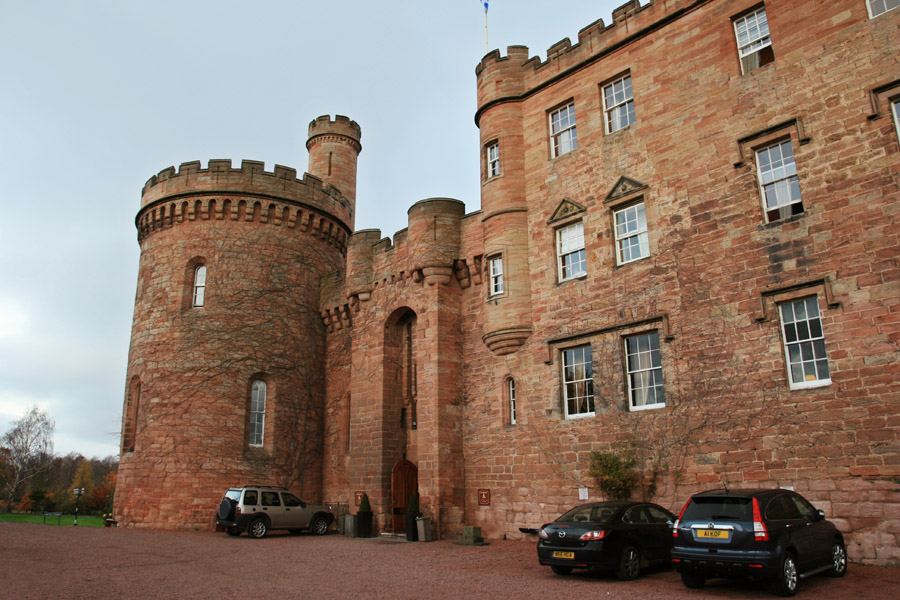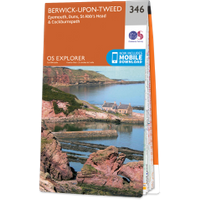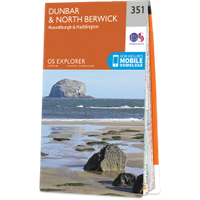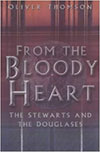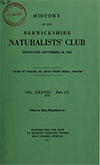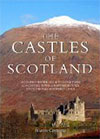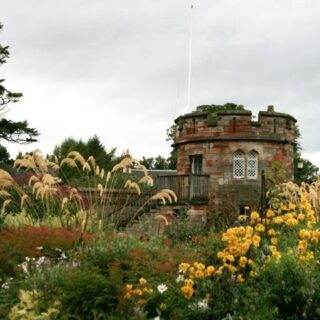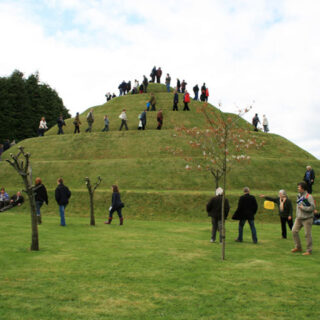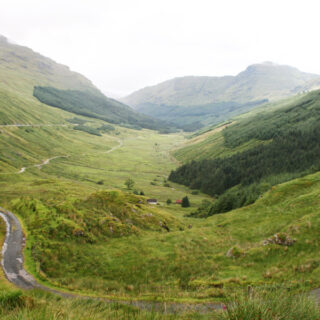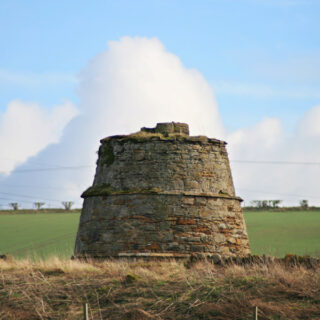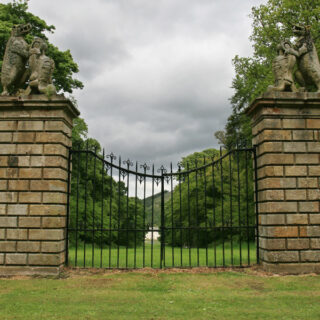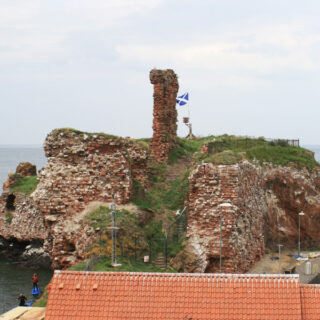

Cockburnspath House, also known as Sparrow Castle, is a much-altered 16th century castle in the village of Cockburnspath.
Built of local red sandstone, possibly in 1547, it is sometimes also referred to as the Old Manor House and stands on rising ground above the Cockburnspath Burn, next to St. Helen’s Church.
It consists of two separate blocks, two corners of which are joined together by a round stair tower. The northern block is rectangular in plan and runs north-north-west to south-south-east. It has a vaulted basement with an entrance at first floor level now reached via an external stone staircase, with a third storey above. A 17th century painted ceiling features line drawings which are similar in style to those at Nunraw House.
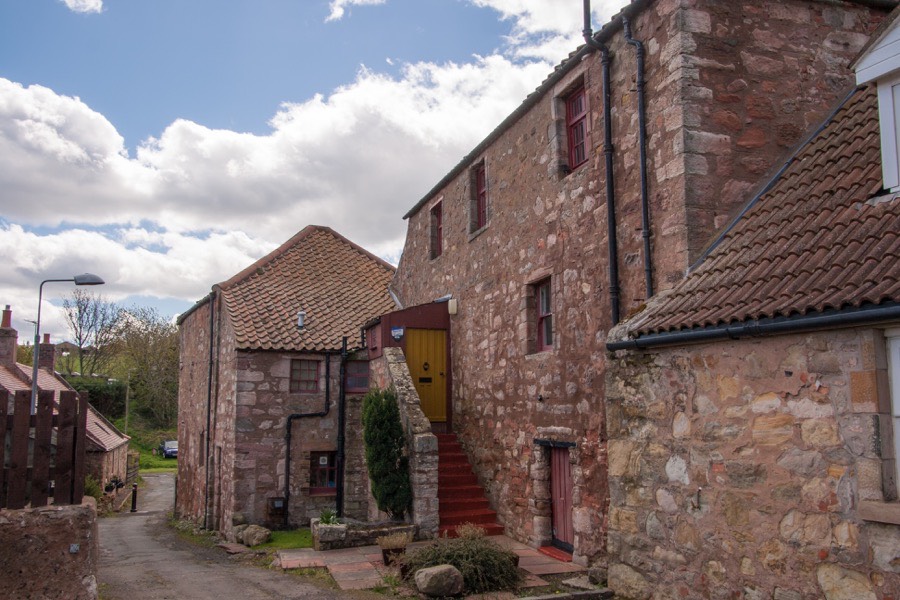
The southern block is squarer in plan and only two storeys in height. On the south wall are two windows with carved stone bead and hollow moulding surrounds and a third smaller window with a partial bead and hollow moulding surround.
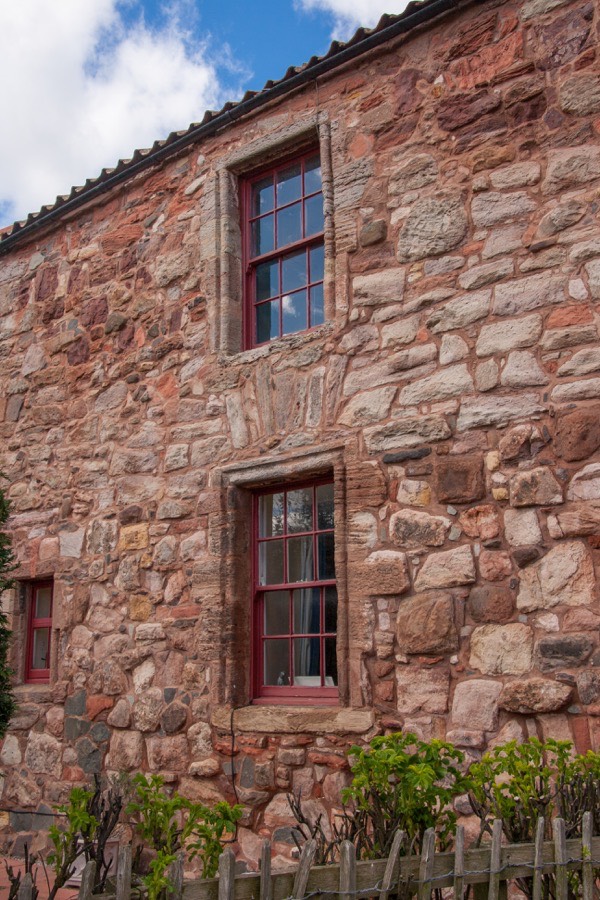
Two blocked-up windows on the east wall also feature similar surrounds, as does a door at ground level.
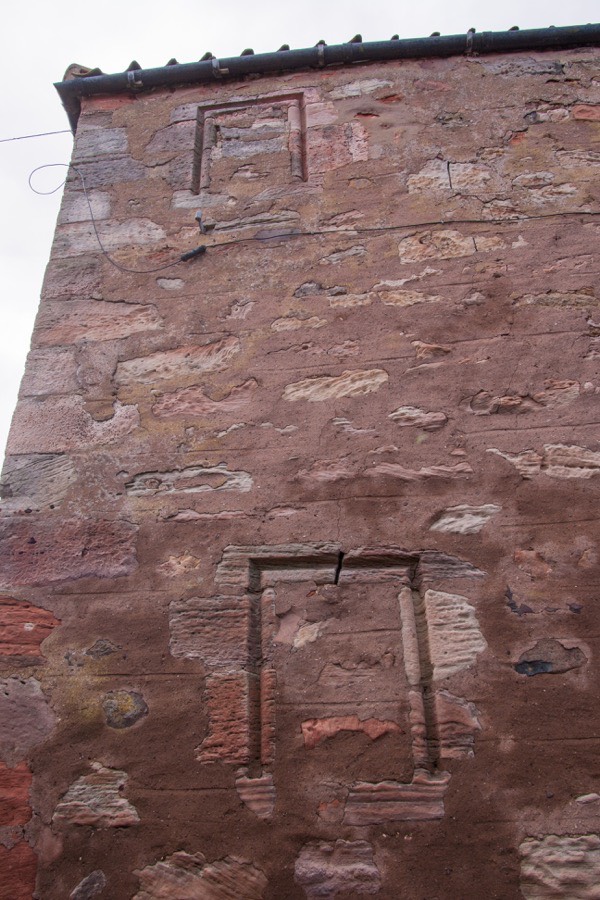
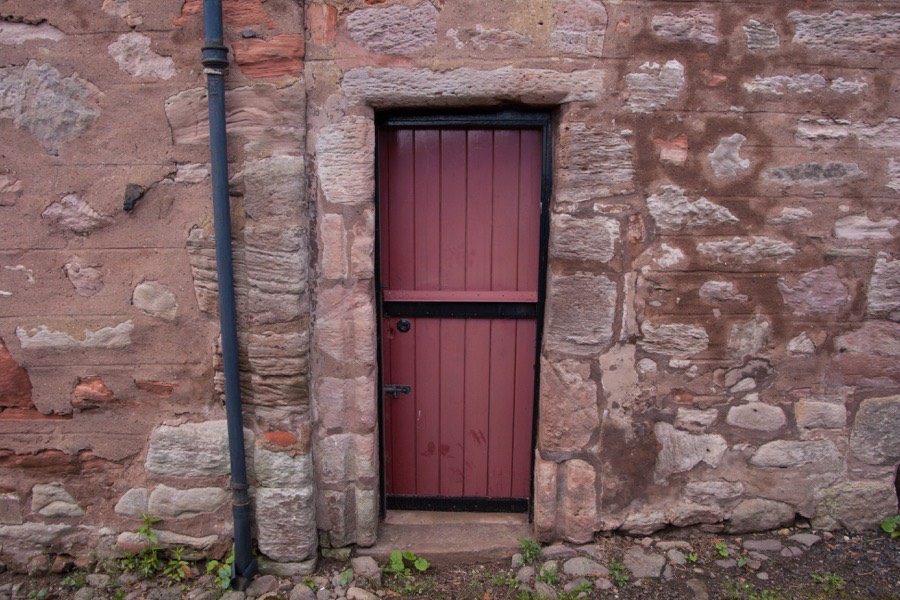
On the west wall three stone corbels project from just below the roof level, above and to the left of a small window.
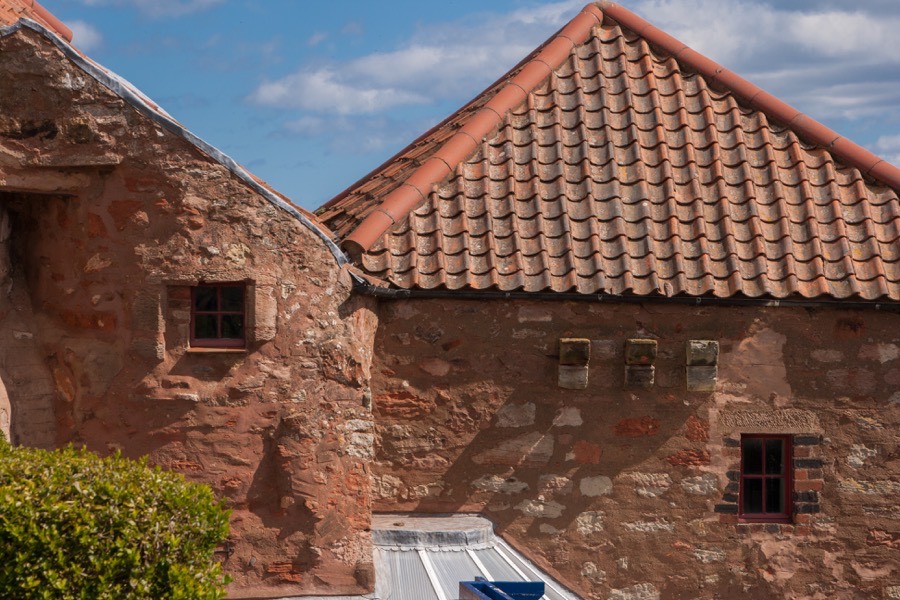
This block is connected to the northern block at its south-east corner, and in the re-entrant angle on the west side is a round stair tower. Originally there was a doorway at ground level here although the stairs have now been removed up to first floor level where a doorway now gives access to a raised garden terrace. Above this door is a small window, and above that is possible evidence of the bottom of a square caphouse.
The roofs of both buildings have been significantly altered, now featuring pitched roofs with modern tiles, but may originally have had gables at each end of an attic level.
In 1603 Sparrow Castle was owned by the Arnot family, the year that James VI founded a postal service between Edinburgh and London. Sir John Arnot was a former Provost of Edinburgh later created Treasurer-depute of Scotland in 1604. Sir John’s son William and grandson John were responsible for the postal station, and were duty bound to “to keep continually in their stable or have in readiness three habill and sufficient post horses, with furniture convenient for the service of his Majestie’s packets only as well by night as by day, and two horns to sound as oft as they meet the company, or at least three times in every mile.” William was apparently generous with his hospitality and was bankrupt by 1625.
This may have been when the Douglas family moved to Cockburnspath House from Cockburnspath Tower, described as being “early in the 17th century”.
Oliver Cromwell’s troops occupied the neighbouring church following the Battle of Dunbar in 1650, and it’s reputed that Cromwell may have stayed in Cockburnspath House.
There seems to be little mention of Cockburnspath House from the middle of the 17th century until the 20th century. It was owned by the Young family in the first decade of the 20th century when it was run as a lodging house, and later owned by the Stevenson family in the 1920s, one of whom was a teacher in the local school, until the 1980s. It is now a private home.
Alternative names for Cockburnspath House
Old Manor House; Sparrow Castle
